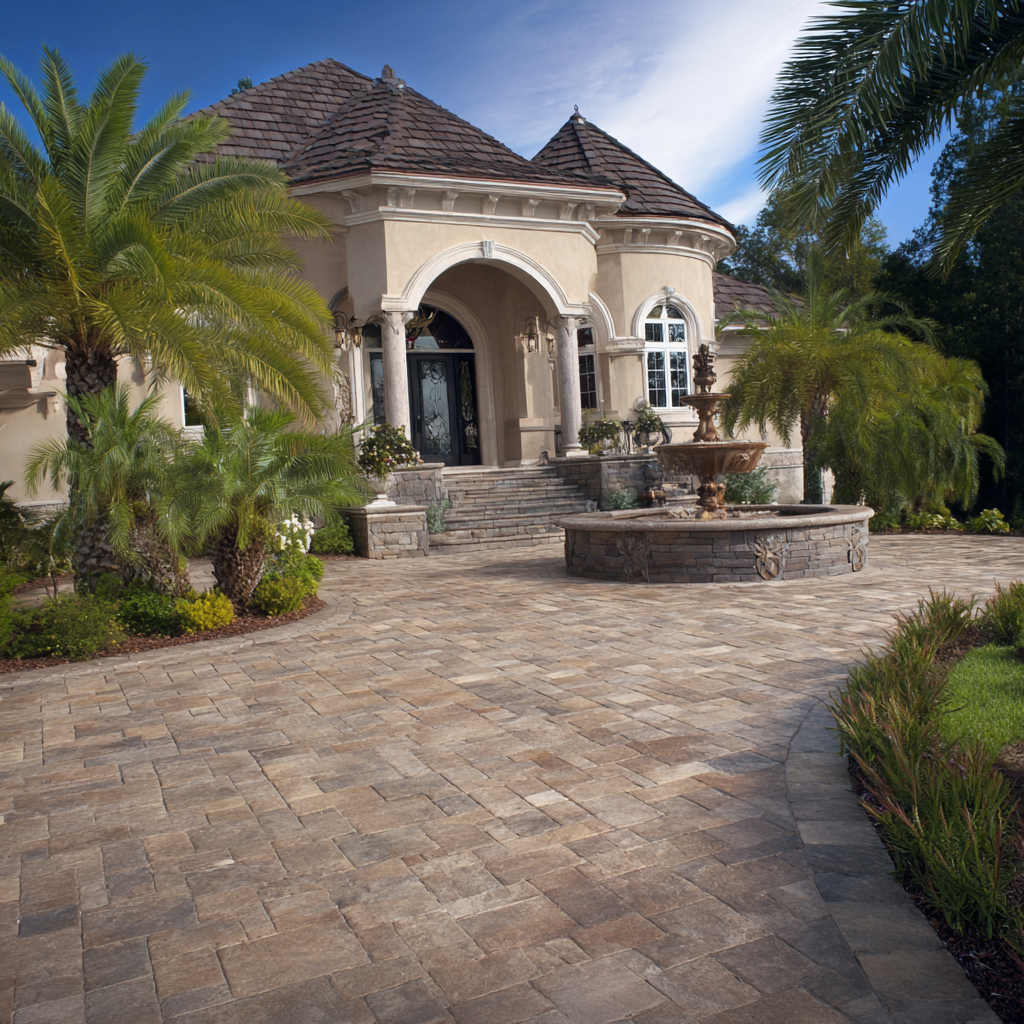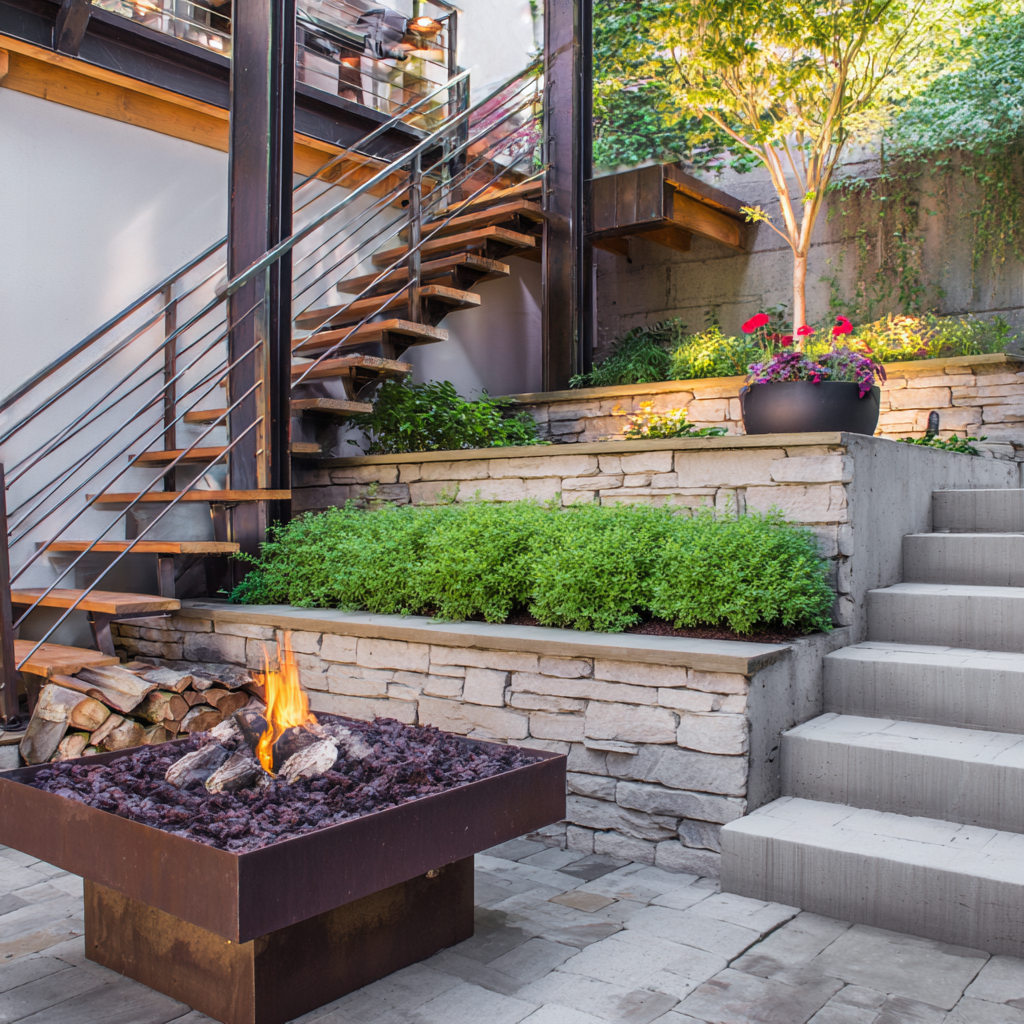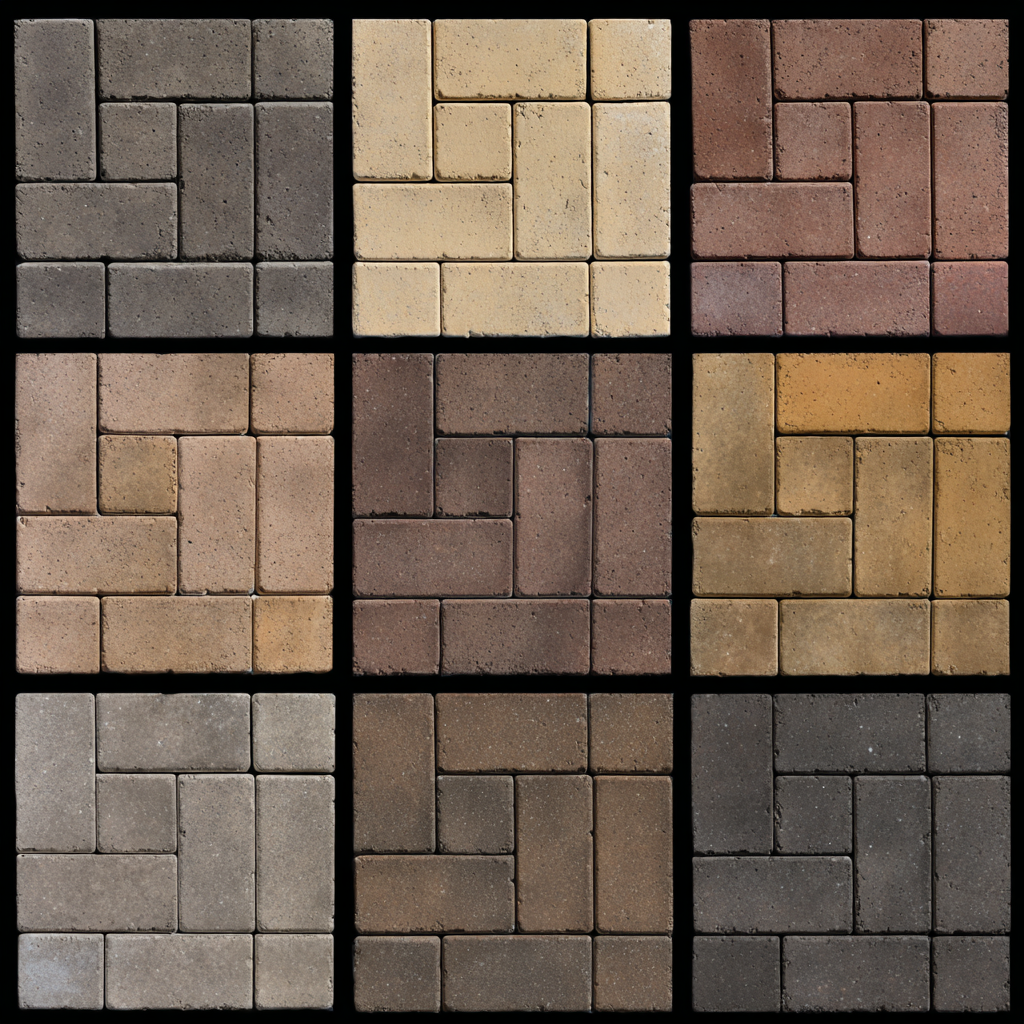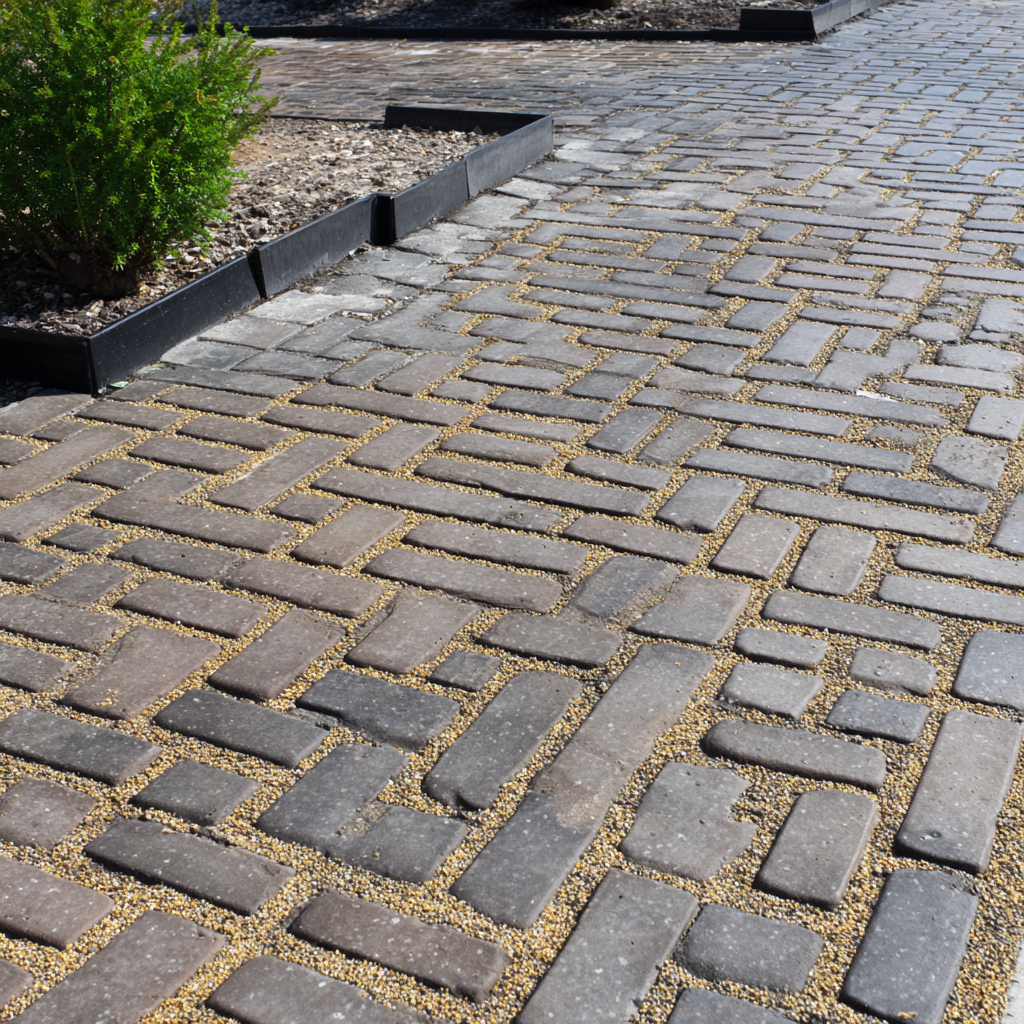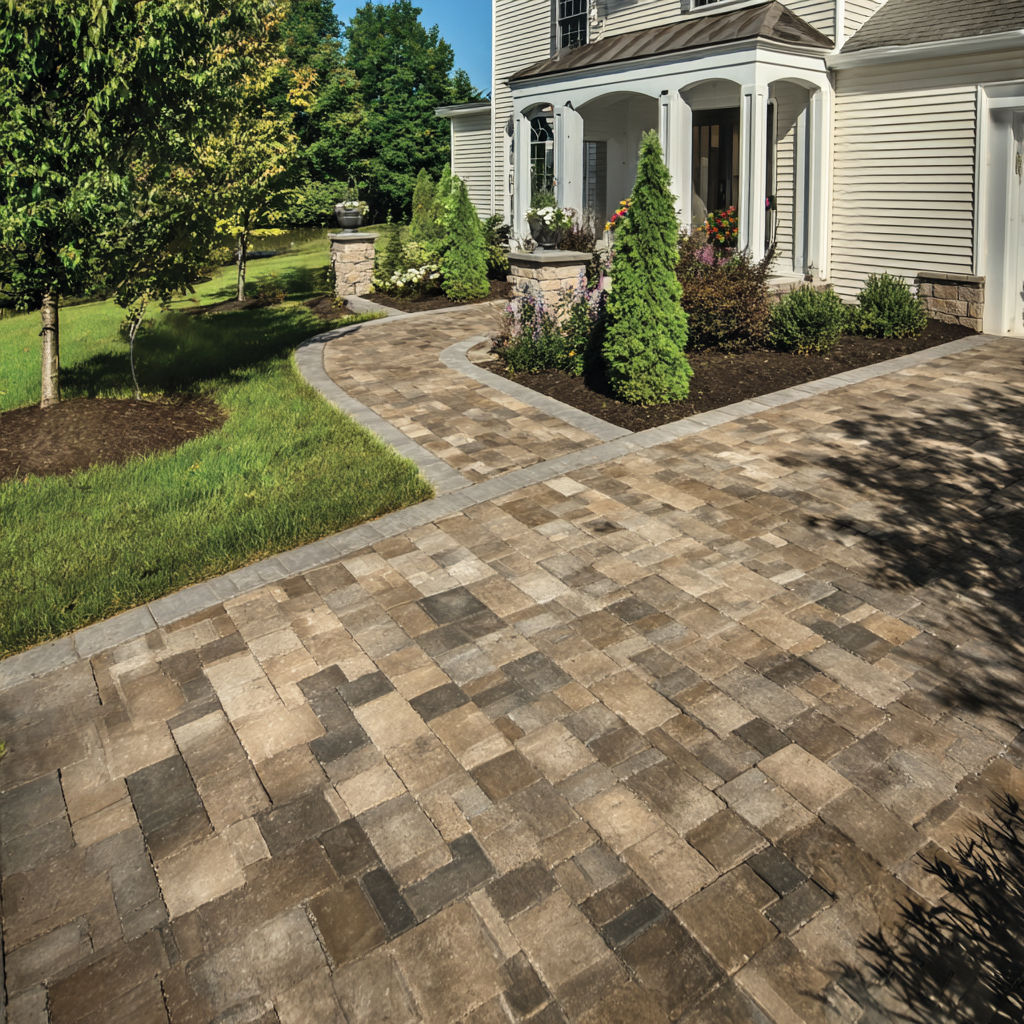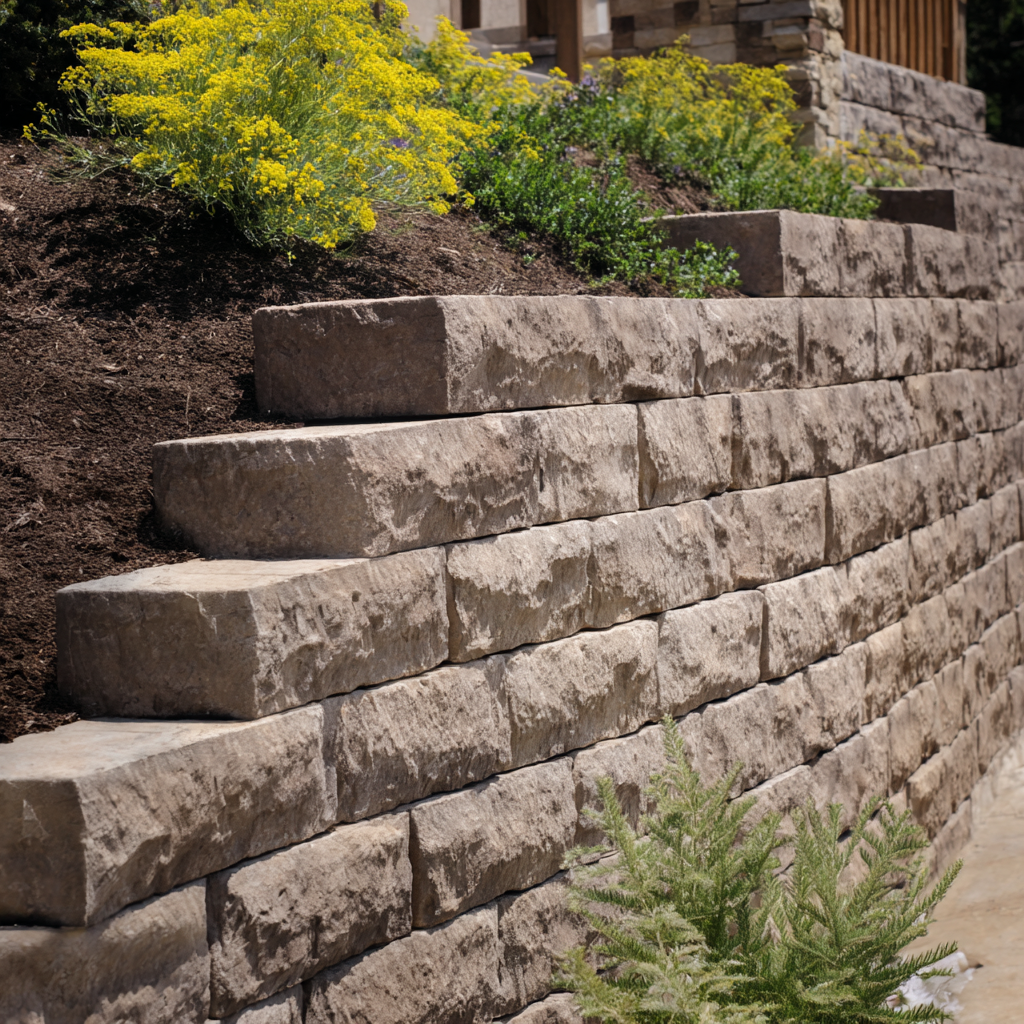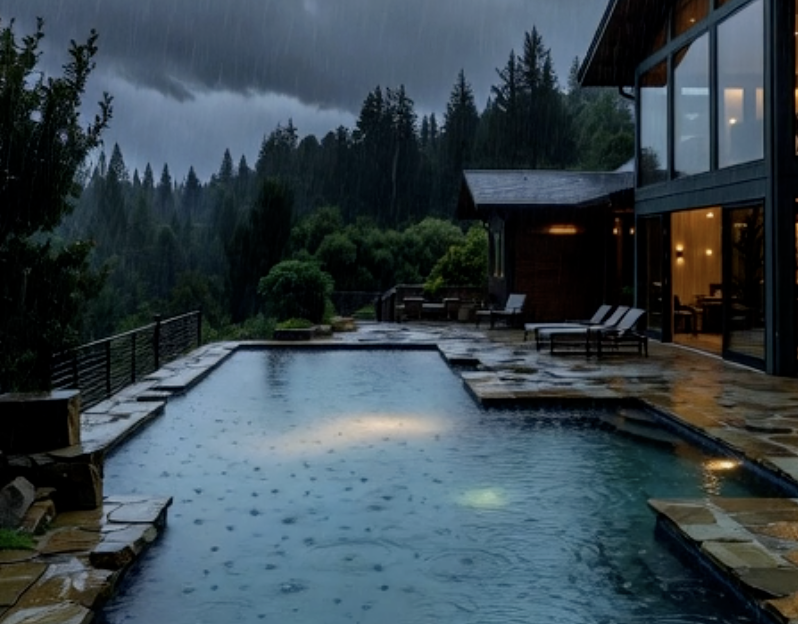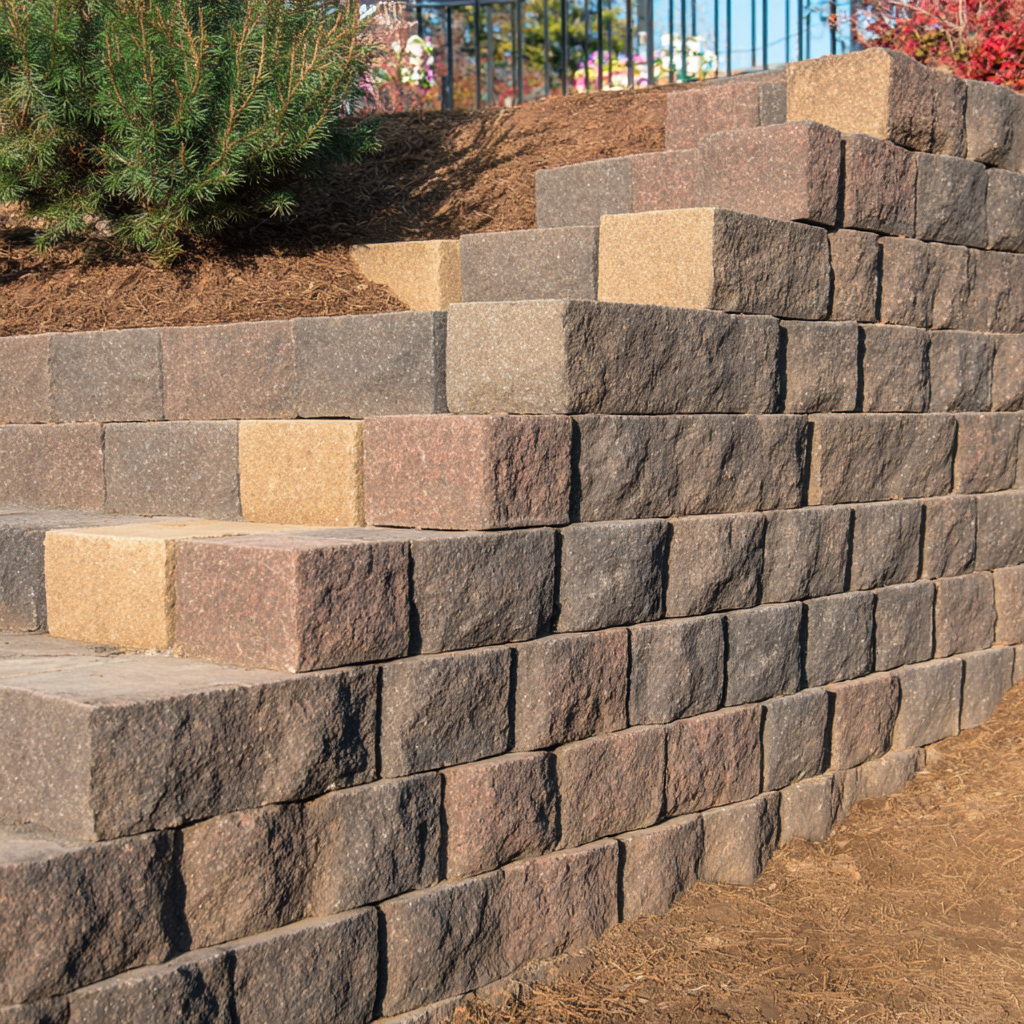
Retaining walls are more than just functional structures; they’re game-changers for San Jose homeowners looking to manage sloped landscapes, prevent erosion, and elevate their property’s aesthetic. Whether you’re in Almaden Valley or Evergreen, a well-built retaining wall can transform your yard into a usable, beautiful space. In this expert-level DIY guide, we’ll walk you through the step-by-step process of designing and constructing a durable retaining wall tailored to San Jose’s unique soil conditions and climate. From planning to installation, we’ve got you covered with practical tips to ensure structural integrity and stunning design.
Why Build a Retaining Wall?
San Jose’s diverse terrain, with its hilly neighborhoods and clay-heavy soils, makes retaining walls essential for many properties. These structures serve multiple purposes:
- Erosion Control: San Jose’s occasional heavy rains can wash away soil on slopes, but a retaining wall holds it in place.
- Space Creation: Turn a steep backyard into terraced gardens, patios, or seating areas.
- Aesthetic Appeal: A well-designed wall enhances curb appeal and complements San Jose’s mix of modern and Mediterranean-style homes.
With the right approach, you can build a retaining wall that’s both functional and stylish, perfectly suited for San Jose’s climate and local regulations.Section 1: Planning and DesignBefore you grab a shovel, thorough planning is key to a successful retaining wall. Here’s what to consider:PurposeRetaining walls primarily stabilize sloped landscapes and manage water runoff, which is critical in San Jose’s hilly areas like Almaden Valley or the East Foothills. They prevent soil erosion during heavy rains and create flat, usable spaces for gardening, entertaining, or relaxing. Identify your goal—erosion control, added space, or both—to guide your design.
Material Choices
Choose materials that balance durability, cost, and aesthetic:
- Concrete Blocks: Modular, affordable, and ideal for modern San Jose homes.
- Natural Stone: Offers a timeless, rustic look that suits Mediterranean or craftsman-style properties.
- Brick: Provides a classic, clean appearance but may require more maintenance.
Consider San Jose’s warm, dry climate when selecting materials—opt for UV-resistant and water-permeable options to ensure longevity.
Drainage Solutions
San Jose’s clay soils retain water, which can build pressure behind a retaining wall and cause failure. Incorporate:
- Gravel Backfill: A 12-inch layer of gravel behind the wall promotes drainage.
- Weep Holes: Small openings every 4–6 feet allow water to escape.
- Drainage Pipes: Perforated pipes at the base redirect water away from the wall.
Local RegulationsIn San Jose, retaining walls over 4 feet tall (measured from the bottom of the footing) require a building permit from the City of San Jose’s Building Division. Check for setback requirements and consult with a structural engineer for walls over 4 feet to ensure compliance with local codes. Visit sanjoseca.gov for permit details.Section 2: Structural IntegrityA retaining wall’s strength lies in its foundation and construction. San Jose’s expansive clay soils, which swell and shrink with moisture, demand careful attention to structural details.
Foundation
A solid foundation prevents settling and cracking. For San Jose’s clay soils:
- Dig a trench 12–18 inches deep and 24 inches wide for walls up to 4 feet tall.
- Fill with 6–12 inches of compacted gravel (3/4-inch minus) to create a stable base.
- Use a plate compactor to ensure a level, firm foundation, checking with a 4-foot level.
Reinforcement
For walls over 3 feet, reinforcement is critical to withstand soil pressure:
- Geogrid Fabric: Lay geogrid every 2–3 courses, extending 3–4 feet into the backfill to anchor the wall.
- Steel Reinforcement: For taller concrete block walls, consider rebar or wall ties for added strength.
- Ensure a slight backward lean (batter) of 1 inch per foot of height to resist soil pressure.
Safety Tips
- Always check for underground utilities before digging—call 811 at least 72 hours in advance.
- Use proper lifting techniques to avoid injury when handling heavy blocks or stones.
- Wear gloves, safety glasses, and steel-toed boots during construction.
Section 3: Step-by-Step Installation
Follow these steps to build a retaining wall that stands the test of time in San Jose:
1. Site Preparation
- Mark the Layout: Use stakes and string to outline the wall’s path, ensuring a straight or gently curved design.
- Excavate: Dig a trench 12–18 inches deep, accounting for San Jose’s clay soil expansion. Slope the trench slightly (1–2%) for drainage.
- Check Alignment: Use a laser level or string line to ensure the trench is level and straight.
2. Base Layer
- Fill the trench with 6–12 inches of gravel, compacting in 2-inch lifts with a plate compactor.
- Check for level using a 4-foot level, adjusting as needed to ensure a flat base.
- Add a 1-inch layer of coarse sand for fine leveling if using concrete blocks.
3. Block or Stone Installation
- Lay the first course of blocks or stones directly on the compacted base, ensuring each piece is level front-to-back and side-to-side.
- Stagger joints in subsequent courses (like brickwork) for strength, using construction adhesive for concrete blocks or mortar for natural stone.
- Install drainage pipes behind the first course, sloping them to direct water away from the wall.
4. Backfill and Finishing
- Backfill with 12 inches of gravel behind the wall, compacting lightly to avoid shifting blocks.
- Add geogrid fabric every 2–3 courses for walls over 3 feet, overlapping layers and securing with soil.
- Fill remaining space with native soil, compacting in 6-inch lifts.
- Cap the wall with decorative capstones or flat stones, securing with adhesive for a polished look.
Section 4: Design Ideas for San Jose Homes
A retaining wall can be both functional and a design statement. Here are ideas tailored to San Jose’s architectural diversity:
- Modern Minimalism: Use sleek, gray concrete blocks for a clean, contemporary look that suits Silicon Valley’s tech-inspired homes in areas like Willow Glen.
- Rustic Charm: Opt for natural stone with irregular shapes to complement Mediterranean or Spanish-style homes in Almaden Valley.
- Eco-Friendly Accents: Integrate drought-tolerant native plants like California lilac, manzanita, or lavender along the wall’s top or base for a low-maintenance, water-wise design.
- Terraced Gardens: Create multi-level terraces with short retaining walls, perfect for growing succulents or herbs that thrive in San Jose’s climate.
Consider adding low-voltage LED lighting along the wall’s base or capstones to highlight its texture and enhance evening ambiance.ConclusionBuilding a retaining wall in San Jose is a rewarding DIY project that enhances your property’s functionality and beauty. By prioritizing proper planning, a strong foundation, effective drainage, and thoughtful design, you can create a structure that withstands the region’s clay soils and occasional heavy rains. Whether you’re aiming for a modern masterpiece or a rustic retreat, this guide equips you with the knowledge to succeed. Start your project today and transform your San Jose yard into a stunning, stable landscape!
Have questions about building your retaining wall in San Jose? Leave a comment below with your project details, and our experts at Bayside Pavers will respond with tailored advice!


 Schedule Design Consultation
Schedule Design Consultation.png)
